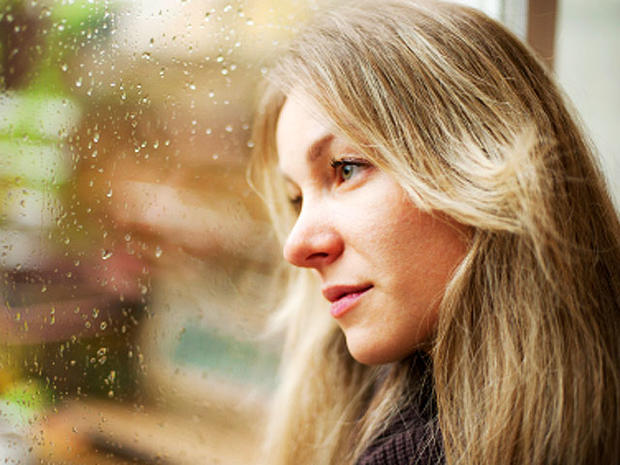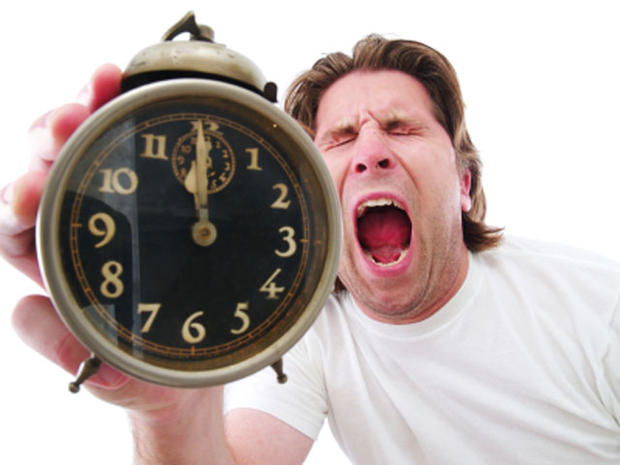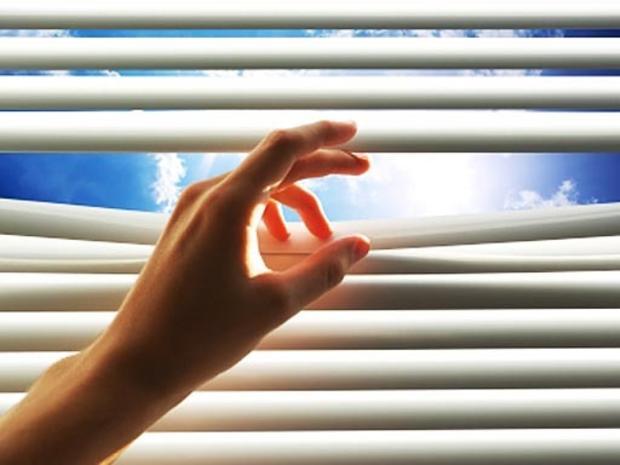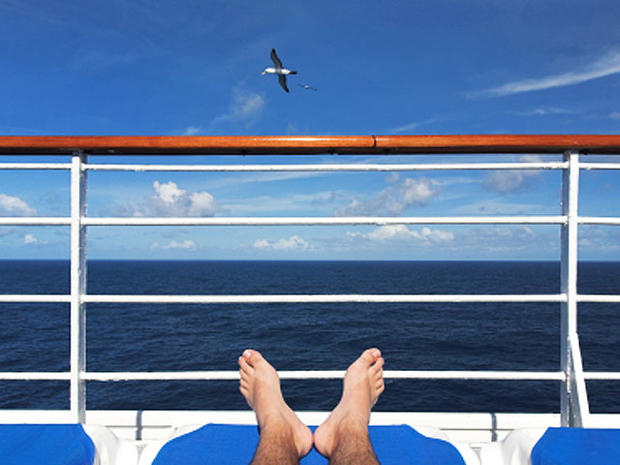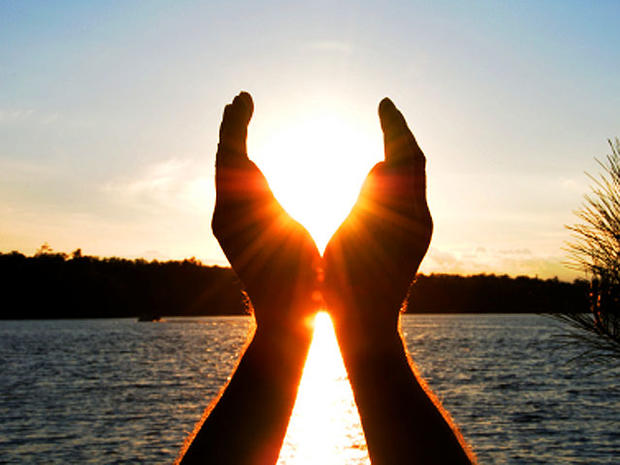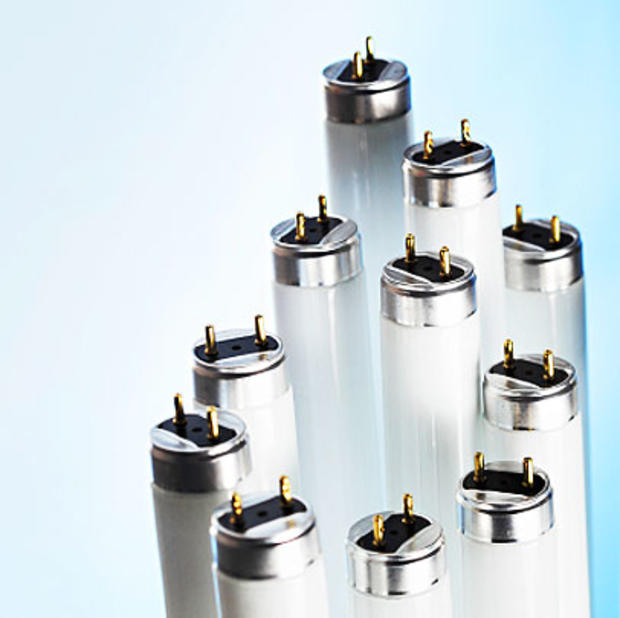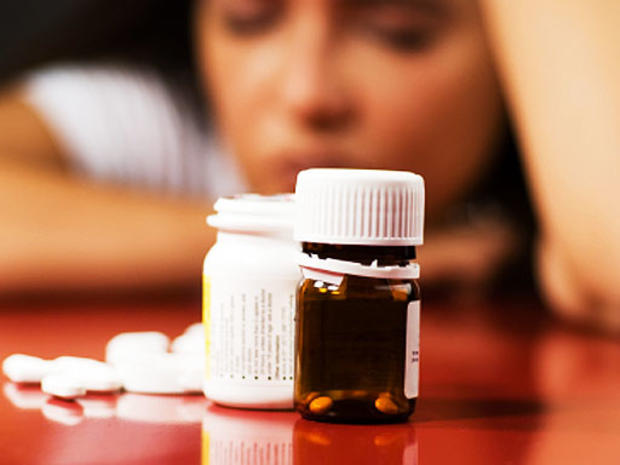Winter Blues? Fast Help for Seasonal Affective Disorder
About 5 percent of the population suffers from SAD, Dr. Alfred Lewy, professor of biological psychiatry at Oregon Health and Science University and a SAD specialist, tells CBS News. About 15 percent of the population has a mild form of SAD, he says.
If you or someone you care about seems to have SAD, you should know there are simple ways to get help. Keep clicking to find out more about treating SAD.
Someone who might have SAD can try spending time outdoors as soon as possible after rising. Even on a cloudy day, 15 to 30 minutes of outdoor light might be enough to reset your body's time clock and boost your mood. Indoor lighting just isn't bright enough.
Can't move? Maybe you could find a sunny place to vacation.
So-called "light boxes" are available from various manufacturers. SAD sufferers often feel better when they get about 10,000 lux (that's a unit of light intensity), often for 30 minutes or so a day, Dr. Lewy says. Ten thousand lux is about 20 times brighter than regular indoor lights.
